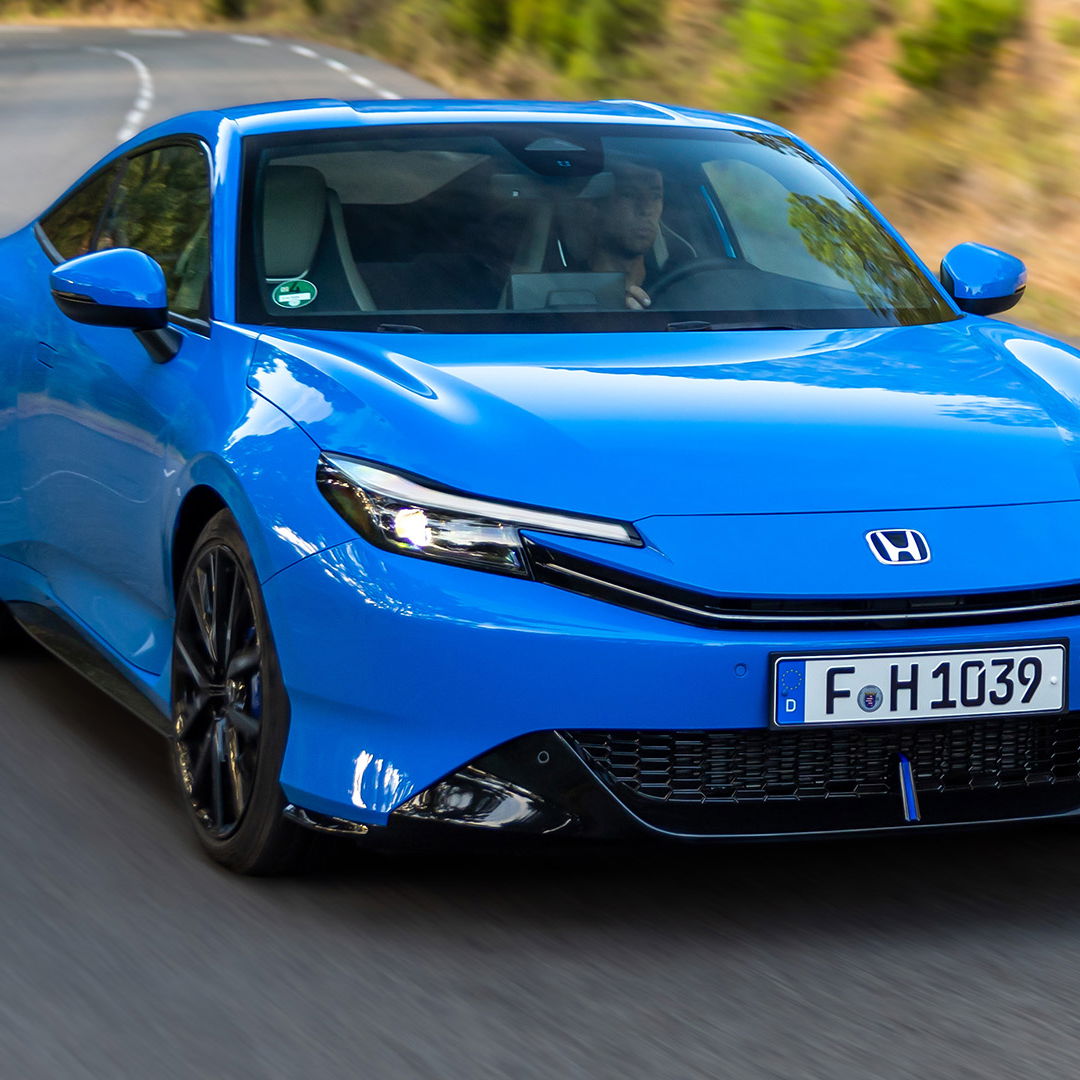Engine Basics
Almost all cars currently use what is called a four-stroke combustion cycle to convert gasoline into motion. The four-stroke approach is also known as the Otto cycle, in honor of Nikolaus Otto, who invented it in 1867.
The piston is connected to the crankshaft by a connecting rod. As the crankshaft revolves, it has the effect of resetting the cycle.
A badic idea of what happens as the engine goes through its cycle:
The piston starts at the top, the intake valve opens, and the piston moves down to let the engine take in a cylinder-full of air and gasoline. This is the intake stroke. Only the tiniest drop of gasoline needs to be mixed into the air for this to work. Then the piston moves back up to compress this fuel/ air mixture. Compression makes the explosion more powerful. When the piston reaches the top of its stroke, the spark plug emits a spark to ignite the gasoline. The gasoline charge in the cylinder explodes, driving the piston down. Once the piston hits the bottom of its stroke, the exhaust valve opens and the exhaust leaves the cylinder to go out the tailpipe. The piston moves back to the top where now the engine is ready for the next cycle, so it intakes another charge of air and gas. Note that the motion that comes out of an internal combustion engine is rotational. In an engine the linear motion of the pistons is converted into rotational motion by the crankshaft. The rotational motion is nice because we plan to turn (rotate) the car’s wheels with it anyway.
Basic Engine Parts
The core of the engine is the cylinder, with the piston moving up and down inside the cylinder. The engine described above has one cylinder. That is typical of most lawn mowers, but most cars have more than one cylinder (three, four, six, eight, ten and even twelve cylinders are used).
In a multi-cylinder engine, the cylinders usually are arranged in one of three ways: inline, V or flat (also known as horizontally opposed or boxer).
Different configurations have different advantages and disadvantages in terms of smoothness, manufacturing cost and shape characteristics. These advantages and disadvantages make them more suitable for certain vehicles.
Basic engine parts:
-Spark plug
The spark plug supplies the spark that ignites the air/ fuel mixture so that combustion can occur. The spark must happen at just the right moment for ignition of the fuel/air mixture to occur correctly.
-Valves
The intake and exhaust valves open at the proper time to let in air and fuel and to let out exhaust. Note that both valves are closed during compression and combustion.
-Piston
A piston is a cylindrical piece of metal that moves up and down inside the cylinder.
-Piston rings
Piston rings provide a sliding seal between the outer edge of the piston and the inner edge of the cylinder. The rings serve two purposes: They prevent the fuel/ air mixture and exhaust in the combustion chamber from leaking
into the sump during compression and combustion. They keep oil in the sump from leaking into the combustion area, where it would be burned and lost. Most cars that “burn oil” and have to have a 1litre added every 1,000 miles are burning it because the engine is old and the rings no longer seal things properly. (Lik
-Connecting rod
The connecting rod connects the piston to the crankshaft, it has a big end and a little end. It rotates at both ends so that its angle can change as the piston moves and the crankshaft rotates.
-Crankshaft
The crankshaft turns the piston’s up and down motion into circular motion.
- Sump
The sump surrounds the crankshaft. It contains some amount of oil, which collects in the bottom of the sump in the oil pan.












Comments
Cool post man. I would’ve added some images and a bit more of formatting. You can also edit it if you want ;)
Had to turn my head sideways to understand it better. :D